Fujifilm GFX50S II Image Gallery
Dustin Abbott
February 21st, 2022
The last time I was reviewing Fujifilm’s medium format lineup was with their extremely high resolution and extremely high-priced Fujfilm GFX 100 camera body and its incredible 102 megapixels of resolution along with two lenses, the slightly older GF 45mm F2.8 WR and the brand new GF 80mm F1.7 WR short telephoto lens. While I didn’t love the ergonomics of that camera or its autofocus system, I was blown away by the image quality. I saw details from my test chart that I had simply never seen before. The Fujifilm GFX50S II that I’m reviewing today fills a different niche – a truly affordable (in medium format terms) camera that gives potential full frame camera customers an alternative. Though the price tag of $4000 USD isn’t cheap in an absolute sense, in medium format terms this is a bargain basement price – you could buy 2.5 of these for the same price as the GFX-100. The formula is simple: Fuji took the sensor from the older GFX50R and put it into the new body of the GFX100S. This combo of two existing systems allowed them to offer the GFX50S II for $2000 less than the GFX100S. That’s a lot of savings, obviously, but at the end of the day the fact that the GFX100S is essentially better at everything and only $2000 more may the most compelling argument against the GFX50S II.
Fuji is also debuting a new affordable kit lens – the GF 35-70mm F4.5-5.6. The lens is priced at $1000 USD, but can be added in kit with the GFX50S II for only a $500 premium. The lens is a nice value in a kit like that, and I’ll share a review of the lens as a part of my review series. It is very capable of producing some stunning images when paired with the GFX50S II.
We haven’t seen a true kit lens for the GF series before, and while kit lenses are rarely the epitome of optical quality, they serve an important purpose of giving people a way to start capturing images immediately with their new camera. This to me highlights yet another way that Fuji has made medium format much more accessible. Their mirrorless medium format cameras in some ways are not dissimilar to APS-C bodies like the X-T3 or X-T4, and are marketed as an upgrade over full frame to higher optical limits. Purists will point out that Fujifilm’s GFX sensor is not actually true medium format. It’s true that the sensor size (43.8 x 32mm) is about halfway between a full frame sensor (35.9 x 24mm) and Hasselblad’s 53 x 40mm sensor size. You can see a comparison of sensor size below:
While Fuji’s sensor is smaller than the larger Hasselbad/Phase One sensor, it is worth noting that it is also nearly 70% bigger than the full frame standard! But the newer GFX-100 has even more accessible resolution due to having IBIS (In Body Image Stabilization), as stabilization is really important to getting excellent results where so much resolution is on tap. That makes each individual pixel about 30% bigger, which has the advantage of smoother gradations of color and light. There’s something very special about the rendering from medium format.
One significant challenge for Fuji, however, is that in some ways they have painted themselves into a corner. The medium format market is very much a niche market, and in the past the major players in the space (Hasselblad, Phase One, and Leica) were largely content to keep it as an exclusive club. The cameras were extremely expensive (often tens of thousands of dollars) and weren’t really compared to other systems. Medium format has always been fairly inaccessible, and it was understood that there were a lot of serious compromises/challenges to using the systems (One of my subscribers on YouTube mentioned that his long term rental Phase One medium format back had one!!! focal point in its autofocus “system”. Both the incredible prices and the incredible image quality made medium format the exclusive domain of well-heeled professionals. Fujifilm entered the space as a disrupter and began marketing their medium format cameras as alternatives to full frame. This is never truer than with the GFX50S II, which shares the 50MP resolution point with my Sony Alpha 1 that is my “daily driver” but is actually considerably cheaper. My other main camera is the Canon EOS R5 with a similar 45MP resolution. The price of the R5 is pretty similar to the 50S II, so it is natural to draw comparisons between these systems…and not just the ones that Fuji wants you to. Yes, the larger sensor does bring some real advantages (as we’ll explore), but as a camera system it is still very primitive when compared to its feature-rich brethren.
Are you a candidate for Fuji’s medium format alternative to the traditional full frame route? Join me as we explore this rather complicated topic. You can find out my thoughts by reading the text review, watching the definitive video review…or just enjoy the photos below!
Follow Me @ Patreon | My Newsletter | Instagram | Facebook | DA Merchandise | Flickr | 500px
Thanks to Fujifilm Canada for providing me the loaner of the cameras and lenses to do this review. As always, this is a completely independent review and my findings are entirely my own.
Photos of the Fujifilm GFX50S II
Photos Taken with the Fujifilm GFX50S II
Gear Used:
Purchase the GFX50S II @ B&H Photo | Amazon | Amazon Canada | Camera Canada | Ebay
Purchase the GF 35-70mm F4.5-5.6 WR @ B&H Photo | Amazon | Camera Canada | Amazon Canada | Amazon UK
Purchase the GF 110mm F2 LM WR @ B&H Photo | Amazon | Camera Canada | Amazon Canada
Purchase the Fujfilm GFX 100 camera @ B&H Photo | Amazon | Camera Canada | Amazon Canada | Ebay
Purchase the Fujinon GF 80mm F1.7 @ B&H Photo | Amazon | Camera Canada | Amazon Canada | Ebay
Purchase the Fujinon GF 45mm F2.8 @ B&H Photo | Amazon | Camera Canada | Amazon UK | Ebay
Buy DA Merchandise https://bit.ly/TWIMerch
Purchase a Sony a7C @ B&H Photo | Amazon | Camera Canada | Amazon Canada | Amazon UK | Amazon Germany | Ebay
Peak Design Leash Strap: Peak Design Store | B&H Photo | Amazon | Amazon Canada | Amazon UK
Adobe Photoshop Creative Cloud 1-Year Subscription
Exposure Software X6 (Use Code “dustinabbott” to get 10% anything and everything)
Visit Dustin’s Amazon Storefront and see his favorite gear

Purchasing your gear through B&H and these links helps fund this website and keeps the articles coming. You can also make a donation here if you would like. Visit my Amazon page for some of my gear of choice! Thank you for your support.
Great News! I can now offer a 5% discount on all purchases at Amplis Foto, Canada’s Leading Photographic Supplier. Please enter discount code: AMPLIS52018DA in your cart. It is good for everything in your cart, and is stackable with other coupons, too! It will take 5% off your entire order! Proceeds go towards keeping this site going and providing you with new reviews!
Check me out on: My Patreon | Sign Up for My Newsletter | Instagram | Facebook | Twitter | Flickr | 500px | Google+ |
Keywords: Fujifilm, Fujifilm GFX50S II, Fujifilm GFX-50S II, GFX50SII Review, Review, Fujinon, Fuji, GF, GF 110mm, GF 110mm F2, Fuji 35-70mm F4.5-5.6, WR, Medium Format, Fuji GFX50S II, GFX, 50S II, MF, Portrait, Bokeh, Sharpness, Resolution, Video Test, Sample Images, Real World, Comparison, Sony Alpha 1, Fuji GF 80 Review, review, Dustin Abbott
DISCLAIMER: This article and description contains affiliate links, which means that if you click on one of the product links, I’ll receive a small commission. As an Amazon Associate I earn from qualifying purchases.










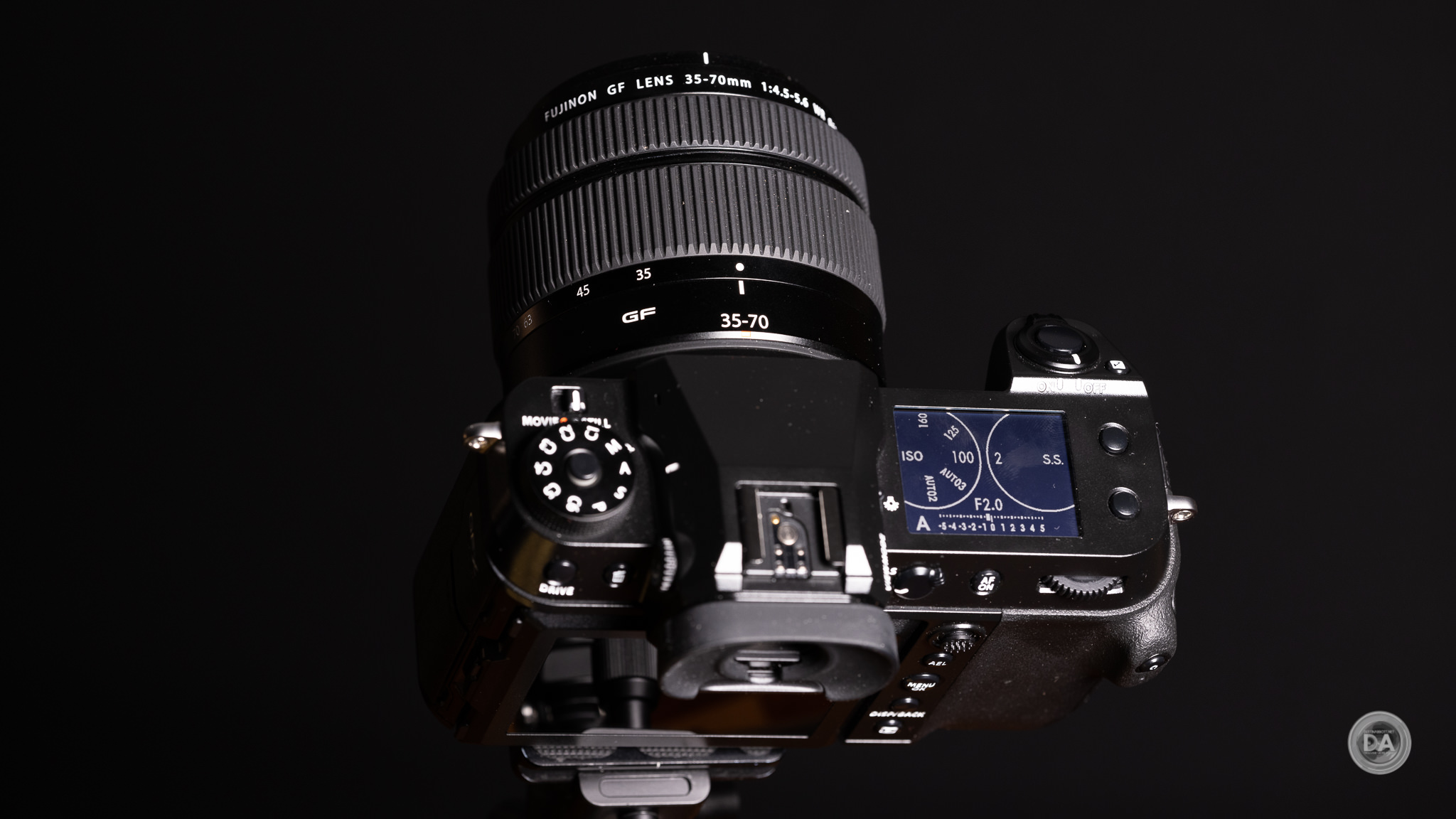
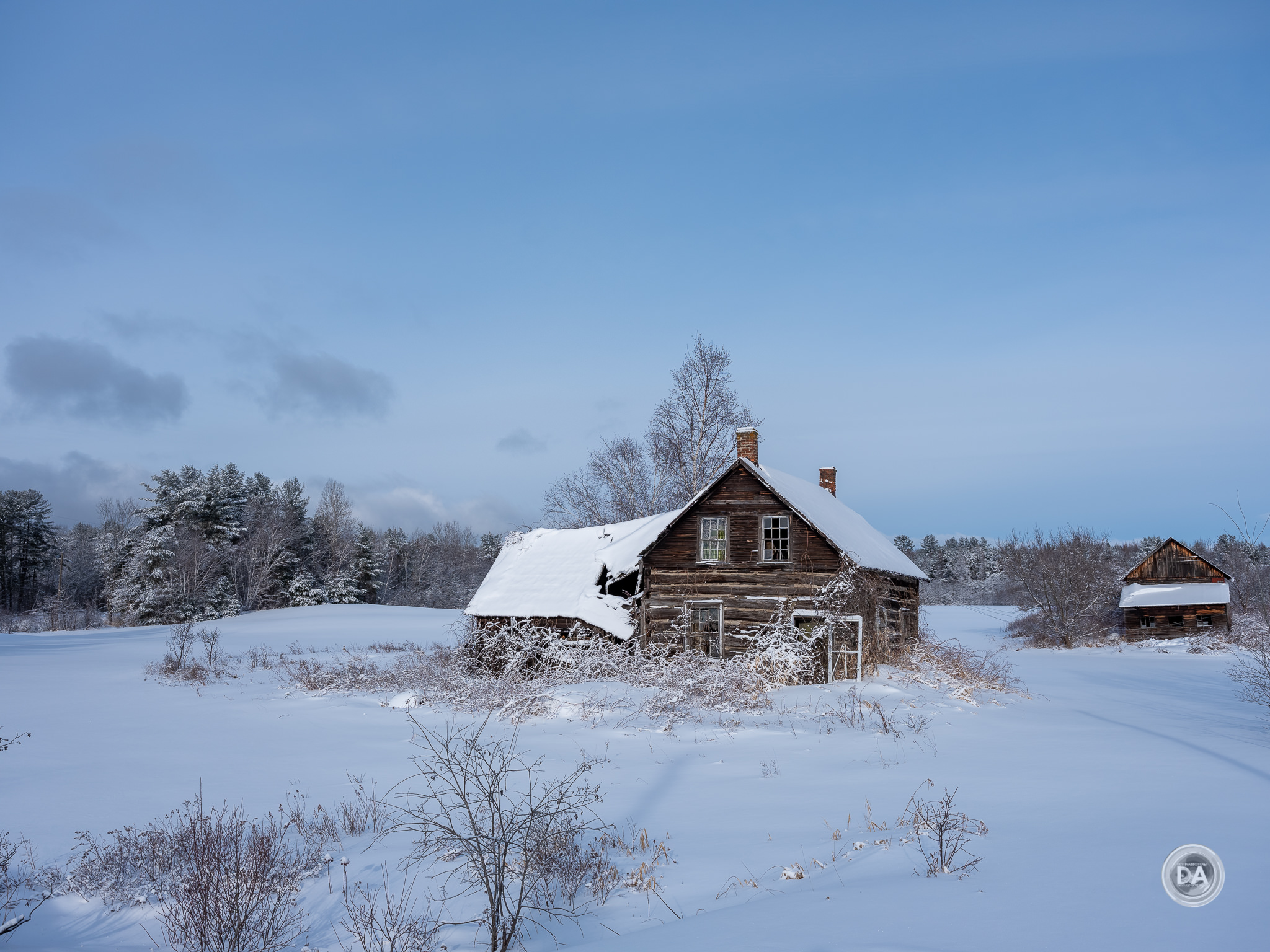


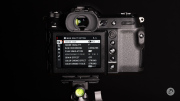


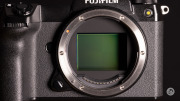
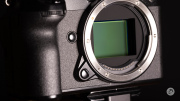
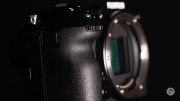
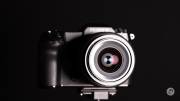

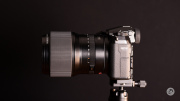
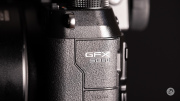
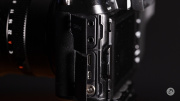
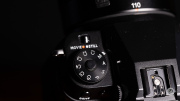
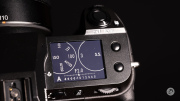

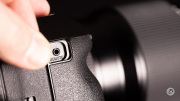
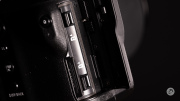
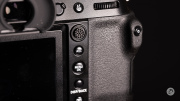
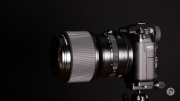


 Viltrox Pro AF 85mm F1.4 FE Gallery
Viltrox Pro AF 85mm F1.4 FE Gallery  Viltrox AF 85mm F1.4 PRO FE Review
Viltrox AF 85mm F1.4 PRO FE Review  Yongnuo YN 35mm F1.8 ART Gallery
Yongnuo YN 35mm F1.8 ART Gallery  Yongnuo YN 35mm F1.8 DA ART Review
Yongnuo YN 35mm F1.8 DA ART Review 


